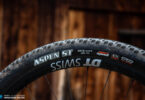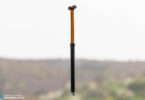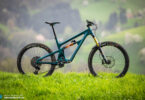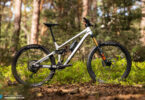RockShox Lyrik RCT3 2016 First Ride: Better than a PIKE?
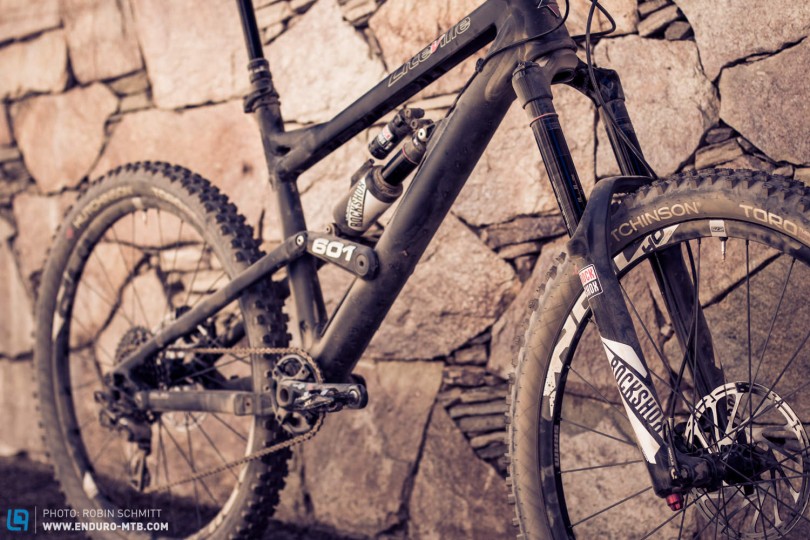
It’s easy to make sweeping statements about the new RockShox Lyrik, ‘oh it’s just a PIKE with more travel,’ but instead of just a being bigger version of the PIKE, it’s much more of a mini BoXXer. But what does that actually mean? This article will reveal the answer.

As far back as 2011 when the Lyrik RC2 DH was launched, RockShox were adamant that there was a need for something that could dominate over the toughest of tough terrain, at events like the Megavalanche or the Mountain of Hell DH Marathon – back then the Enduro World Series still hadn’t begun. When picking the vital numbers for these groundbreaking forks RockShox chose 26″, 170mm travel, 35mm chassis, 20mm thru-axle and Mission Control DH shock. In short: the inaugural Lyrik definitely had a touch of the BoXXer’s DH tech.
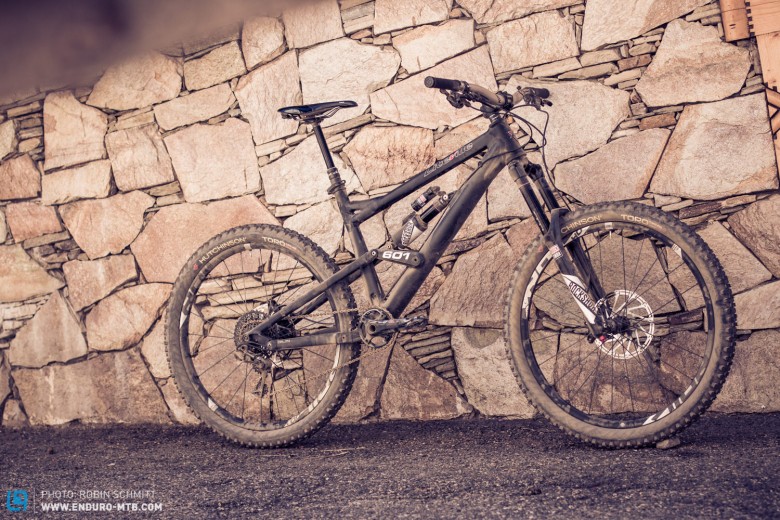
But over time, things have changed: races like the Megavalanche turned into the Enduro World Series, and money and split seconds are what counts these days in a field that’s getting more and more competitive. Similarly, the Lyrik has adapted to meet the times: the 26″ is no more, and the Lyrik is now only available for the 27.5″ and 29″ wheel sizes, there’s 180mm travel and a 15mm thru-axle. But are calculations enough to reveal the true changes? Let’s start with the most burning questions:
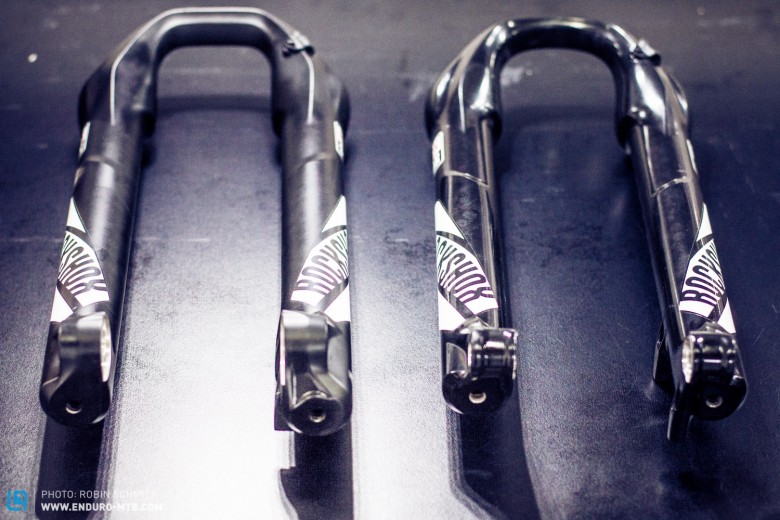
How does it differ to PIKE?
The Lyrik’s travel of 180 mm is one factor for certain. As is weight: by using the same 35 mm chassis as the excellent Pike, but with tapered legs and a taller brace for added stiffness, the forks only weigh 2005g (the 160 mm RockShox Pike weighs 1850g and the 170 mm Fox 36 weighs 1995g)..

The Lyrik uses the same Charger Damper as found in the Pike, but with a revised negative spring in the left stanchion to provide a more sensitive response in the initial stroke. Sensitivity is further improved with new SKF wiper seals for lower friction and improved sealing.
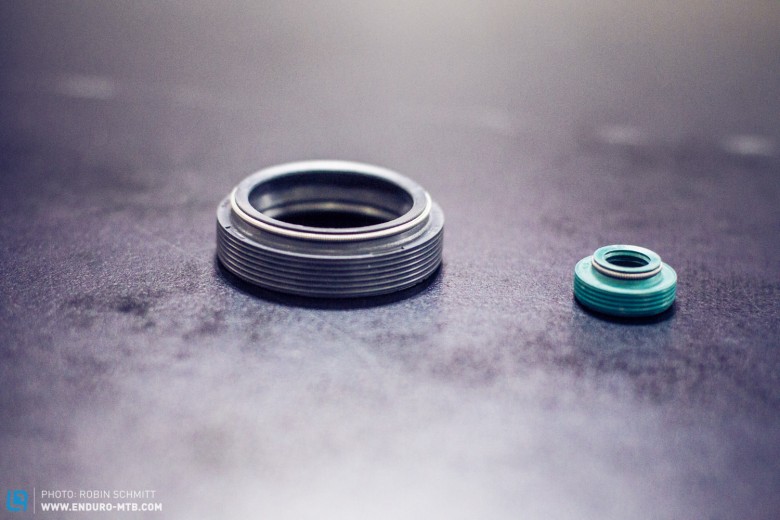
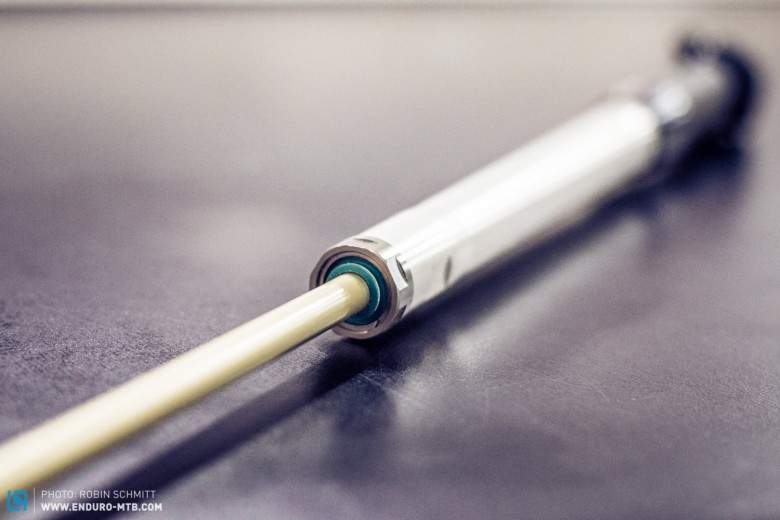
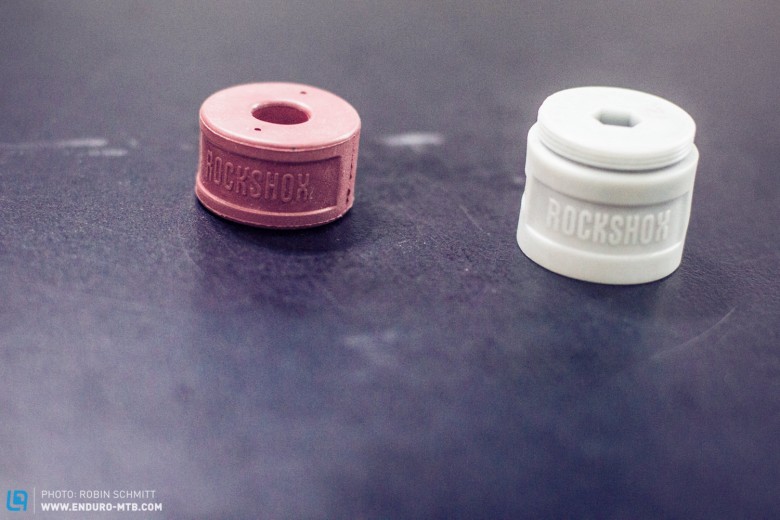
Another important revision is that the fork’s air volume will be able to be tuned with RockShox’s excellent Bottomless Tokens in BOTH the Solo and Dual Position Air configurations, allowing the rider to tailor the feel of the fork without requiring ninja mechanical skills. Previously this option was only available for those with Solo Air.
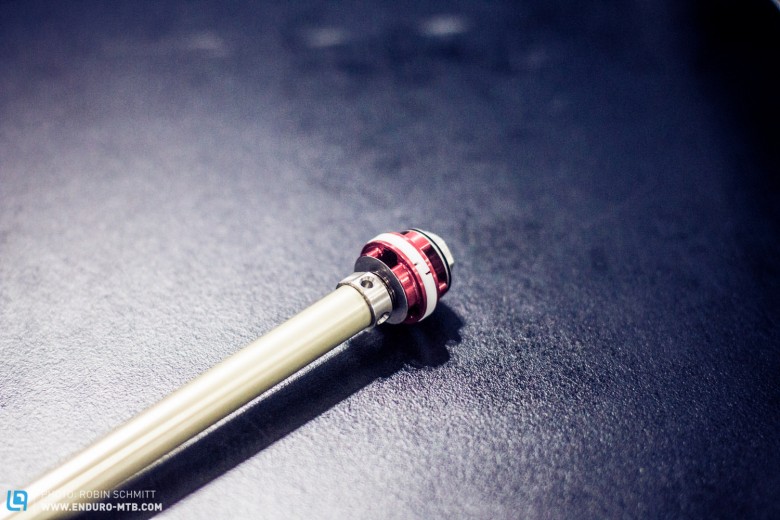
For those who insist on dragging out every single potential performance gain from their forks, the rebound circuit can be customised with shims in the same way as the BoXXer. This is particularly useful for lightweight or heavier riders. These changes can be made while servicing the forks.
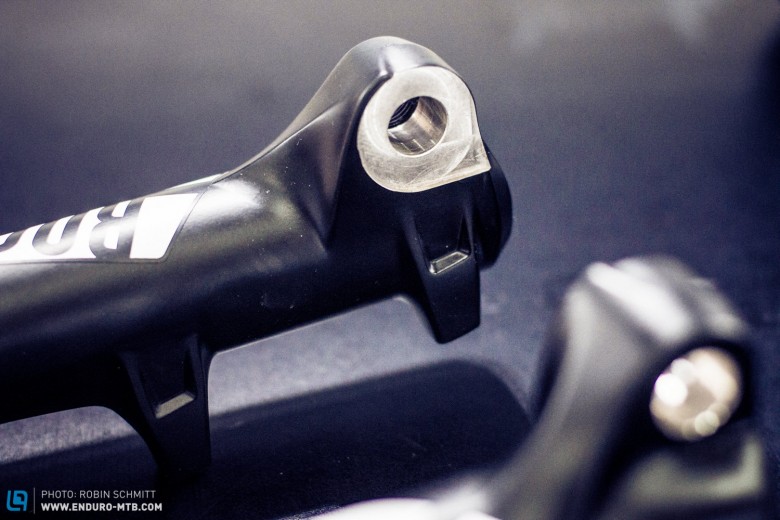
One massively important feature of the new Lyrik is its Torque Cap compatible dropouts, which we’re already familiar with from the RockShox RS-1.
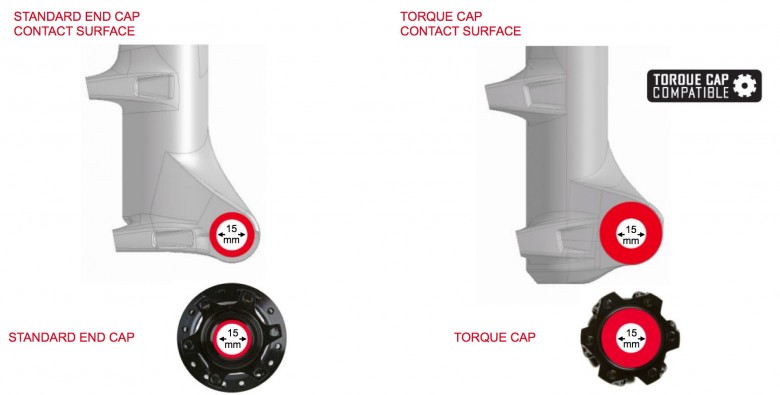
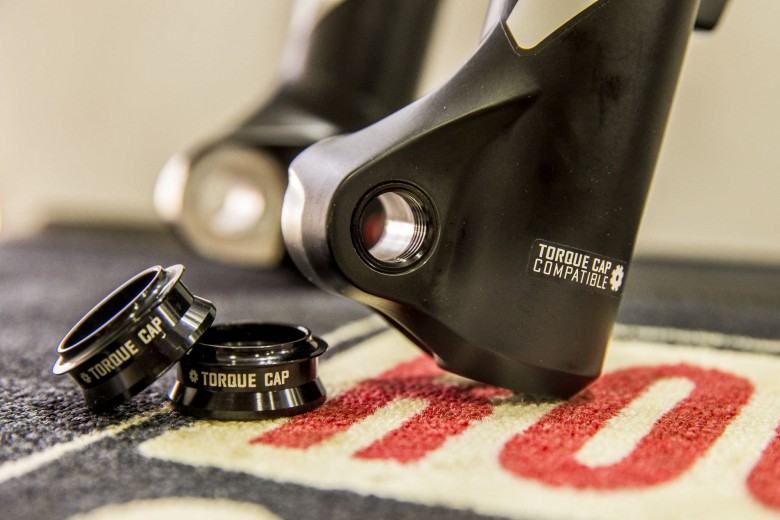
Using the supplied standard end caps, the Lyrik will still be compatible with all conventional hubs. The new Lyrik will be available in 27.5” and 29” wheel sizes and also 27.5+, available in both the conventional 15×100 standard and the new wider Boost 110 standard. RockShox are also releasing their new Torque Caps, which are compatible with the SRAM hubs (Rise 60, Roam 30, Roam 40, Rail 40).
The Solo Air models will be available in 150 and 160 mm for the 29” and 160, 170 and 180 mm for the 27.5”. The new Lyrik will retail for $1030/€1075 in all versions of the Solo Air. The Dual Position Air, retailing at $1110/€1158, will be available in 160 mm for the 29” and 160 and 180 mm for the 27.5”. All Boost 29” versions will be compatible with 27.5+.
What’s more, all Boost 29” versions will be compatible with 27.5+.
PIKE gets an upgrade
The PIKE has benefitted from the development of the Lyrik too, and the 2016 incarnation will also be Torque Cap compatible, and the Dual Position Air will be adaptable with Tokens – two huge leaps forward in our eyes.
And what’s happened to 26″?
Who cares if the new Lyrik doesn’t come in a 26″ version, RockShox haven’t forgotten those die-hard 26er fans and have duly launched an upgrade in the form of the new Lyrik Charger RCT3 internals so they can be retrofitted to existing 26” Lyrik models up to 170 mm. The damper assembly is priced at $330/€344.
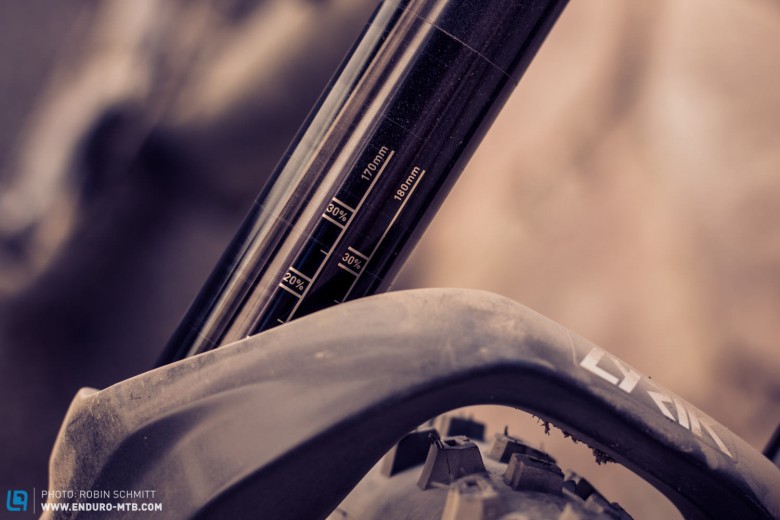
So who is the Lyrik for?
That’s a good question! Quite honestly, the Lyrik didn’t drop our jaws in amazement, and we weren’t left speechless at its prowess. Why’s that, you might wonder? Is it because they’re not genuine carat gold? Perhaps that’s one reason. But mainly it’s because their intended playground is just so limited. Let’s take a look at our test bike to see what we mean. Meet the Liteville 601.
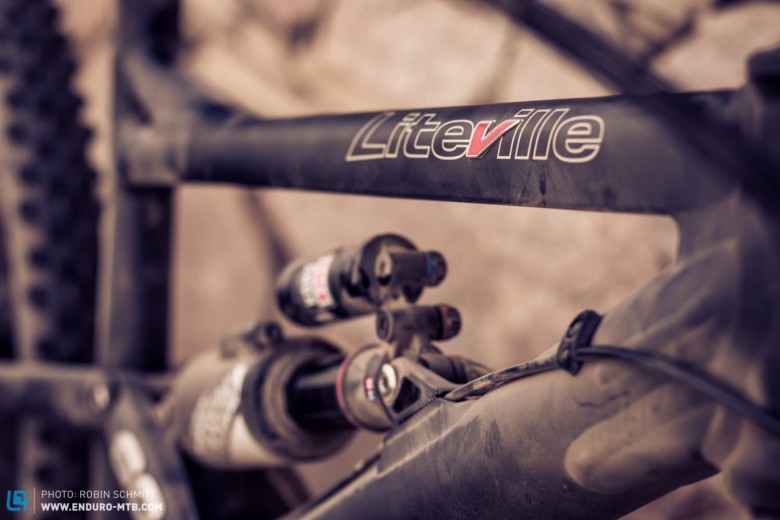
190 mm rear travel, 180mm at the front. And geometry that feels more like a compromise than any specific discipline-orientated build. In short, it’s a bike that you’d rarely see anywhere else but a bike park or truly gnarly mountains. With the Lyrik, RockShox want to build a bridge between the PIKE and the BoXXer, appealing to riders who are looking for a more rigid and longer-travel enduro fork or a lightweight fork for their bike park bike or freeride machine.
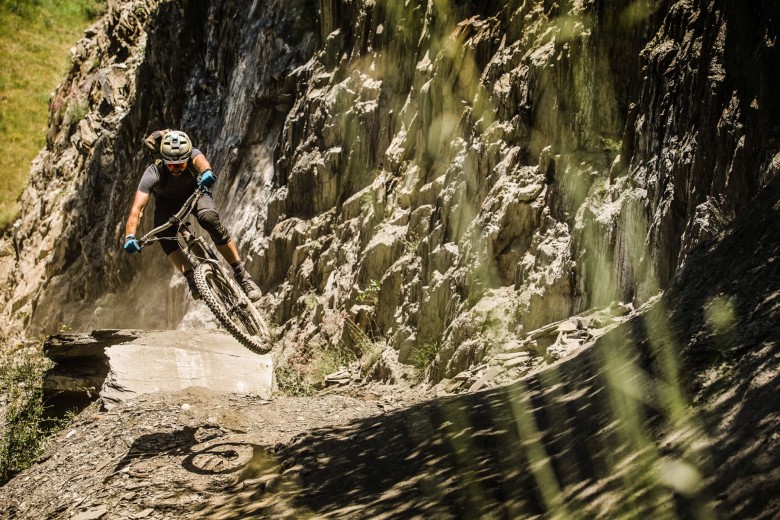
But how does the fork perform in reality?
After the first 5,000 vertical metres of descent on what could be considered the toughest terrain that the Alps have to offer in the Les 2 Alpes bike park, we drew our first conclusions: the brand new Lyrik forks work. And damn well at that. Plush and responsive, they generously soak up every size bump and on steep ground they remain high in their travel. Even taking the nastiest braking bumps at high speed was easily within the comfort zone of the forks.
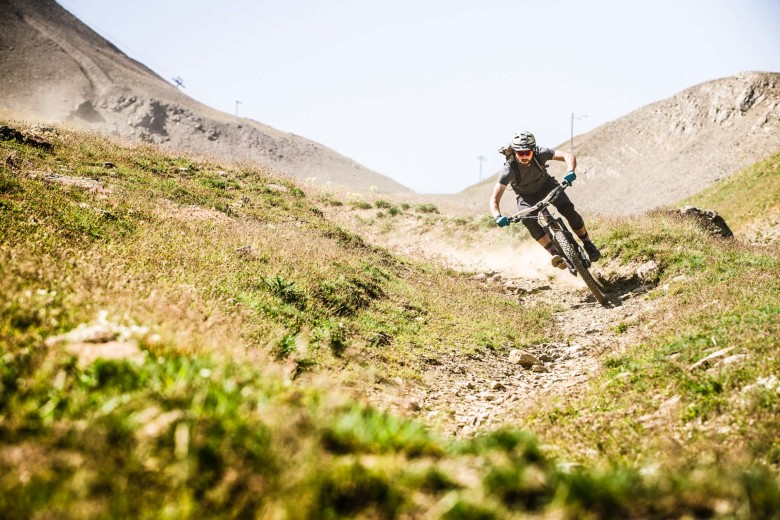
The travel is there for the taking, and never once felt out of its depth. Given the super dusty trail conditions, we had opted for Hutchinson Toro Spike tyres. This gave us incredible grip, particularly on off-camber sections. The relatively open profile with moderate supported knobs did mean reduced directional stability though.
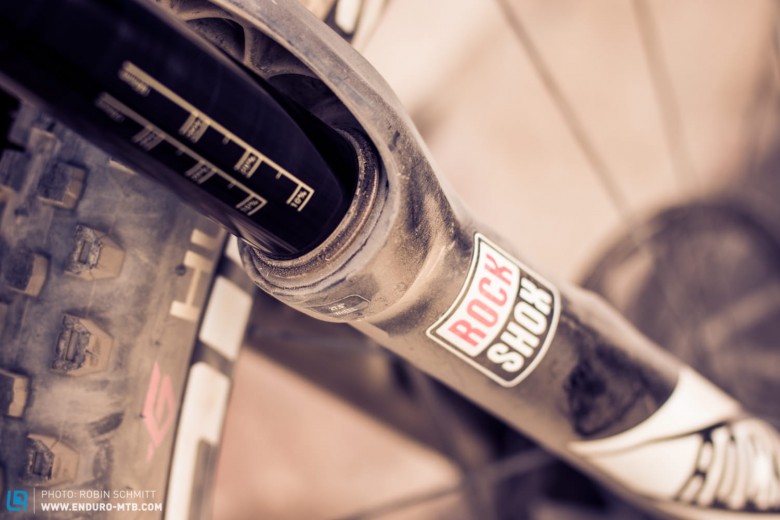
With 30% SAG, the fork delivered its travel well, keeping approximately 1cm of travel in reserve – which we only fully made use of on insane drops and gnarly rock gardens

Overall, the 180mm travel version of the forks are pretty progressive, even without Tokens. Initially we rode the Lyrik without Tokens (air volume spacers) and with 68 PSI (with a rider weighing 75kg). Later we added a Token and rode with 58 PSI. The result: increased sensitivity, more forgiving absorption of bumps and more defined suspension in the mid-travel range. During the course of the upcoming long-term test, we will try out a range of set-ups, especially on our home trails. Ultimately, knowing that the Bottomless Tokens allow every single rider to tune the forks to their taste is a brilliant feat – both for riders with the Solo Air and the Dual Position Air.
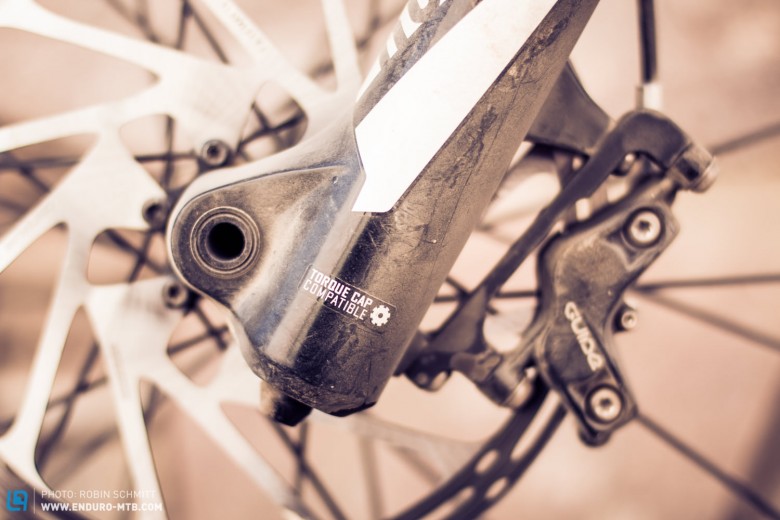
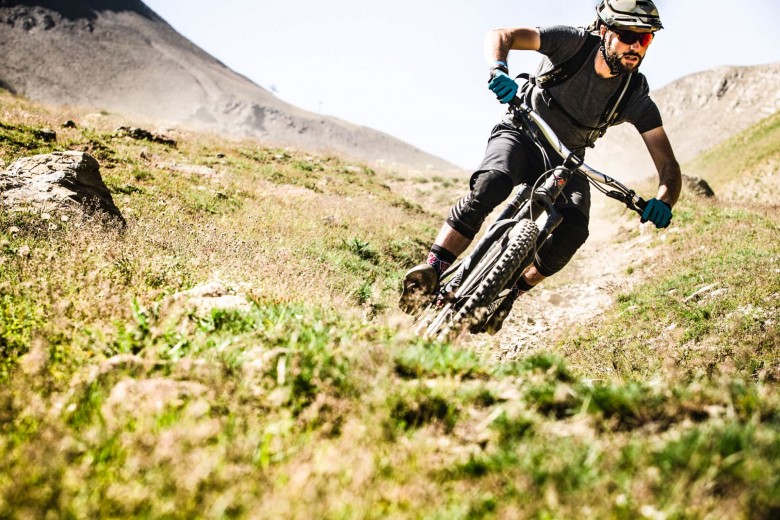
The 180mm travel delivered great support on tight turns, holding us firmly on board – we like! The Lyrik responds sublimely to sudden changes in direction; it was just the tyres that struggled to hold their directional line.
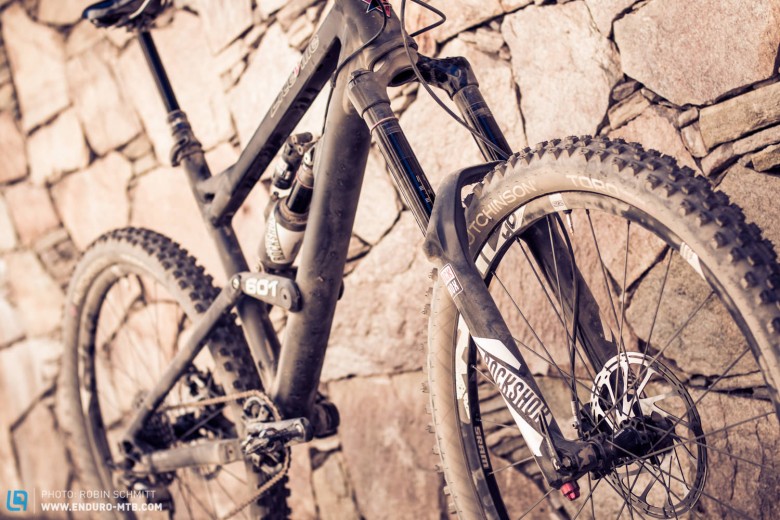
Is the PIKE a better choice?
We asked ourselves this question a hundred times in Les 2 Alpes, but couldn’t nail the answer. Firstly because we lacked the direct comparison on these gnarly trails, and secondly because 180mm travel is simply huge. For active riders that love to tease the terrain, then a bike with 160mm travel and more aggressive geometry might be more fun.

In the case of the Liteville and its 190mm rear travel and 180mm at the front, these high figures were more than in-your-face as you tackled jumps, tech sections and G-Outs. More aggressive geometry would be more beneficial to performance than just increasing the travel when it comes to how it rides downhill and in bike parks.
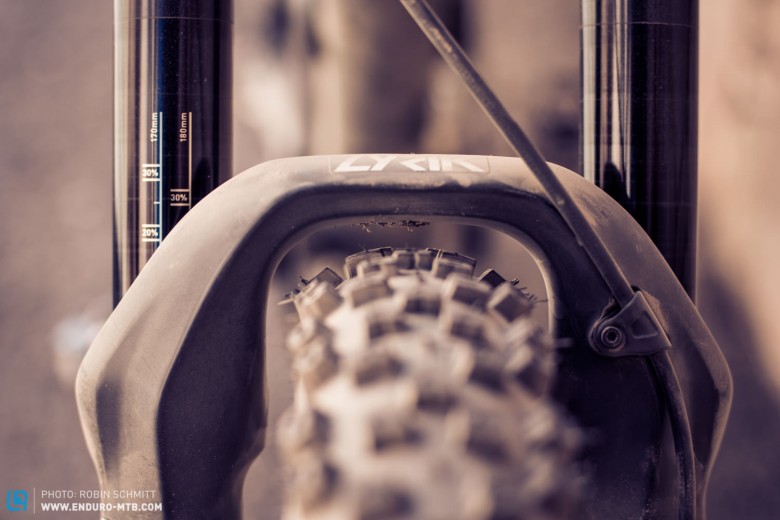
Conclusion
The Lyrik is not a game changer, but do they really need to be? The Lyrik represents forks with proven features, sharing the look of arguably the most successful enduro forks. For certain riders, they offer significant advantages: As they’re super responsive, with decent reserves, high rigidity and slightly heavier, it renders them the right choice for those looking for stiffer, longer travel enduro forks for gnarly trails. For more regular trail riders, the PIKE forks more than suffice. Whether those racers who take on the tough Enduro World Series are going to jump onto this 180mm version remains a question. We’re expecting them to go for the 160mm or 170mm versions.
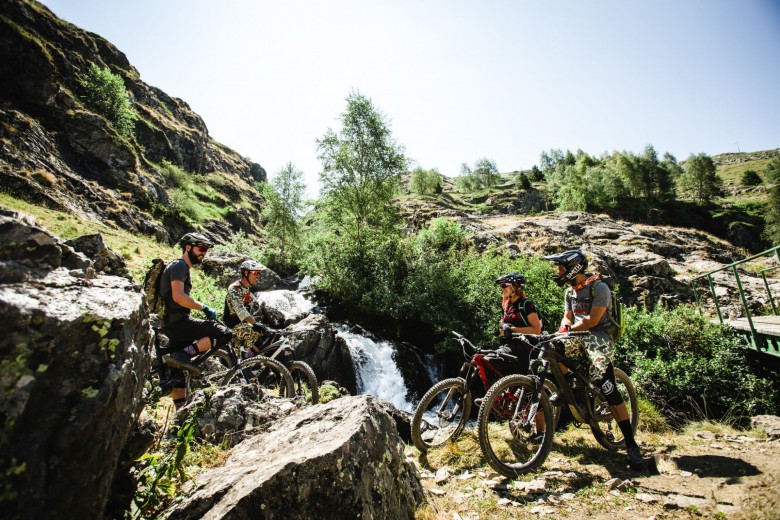
If we had to choose, we’d definitely go for the PIKE. Their 2016 model boasts a ton of new developments that stem from the new Lyrik, such as the wiper seals and torque caps. The PIKE still presents riders with incredible race-ready performance and trail prowess in a more lightweight form. We’re waiting impatiently for the brand new RockShox Yari, which come with an upgraded Motion Control Damper, 35mm chassis and a lower retail price – could these become the people’s PIKE? We’re expecting a test pair to arrive in September so we’ll keep you posted.
Further information: www.sram.com/rockshox/products/lyrik-rct3
Words: Robin Schmitt Pictures: Robin Schmitt, Sven Martin, Adrian Marcoux
Did you enjoy this article? If so, we would be stoked if you decide to support us with a monthly contribution. By becoming a supporter of ENDURO, you will help secure a sustainable future for high-quality mountain bike journalism. Click here to learn more.




